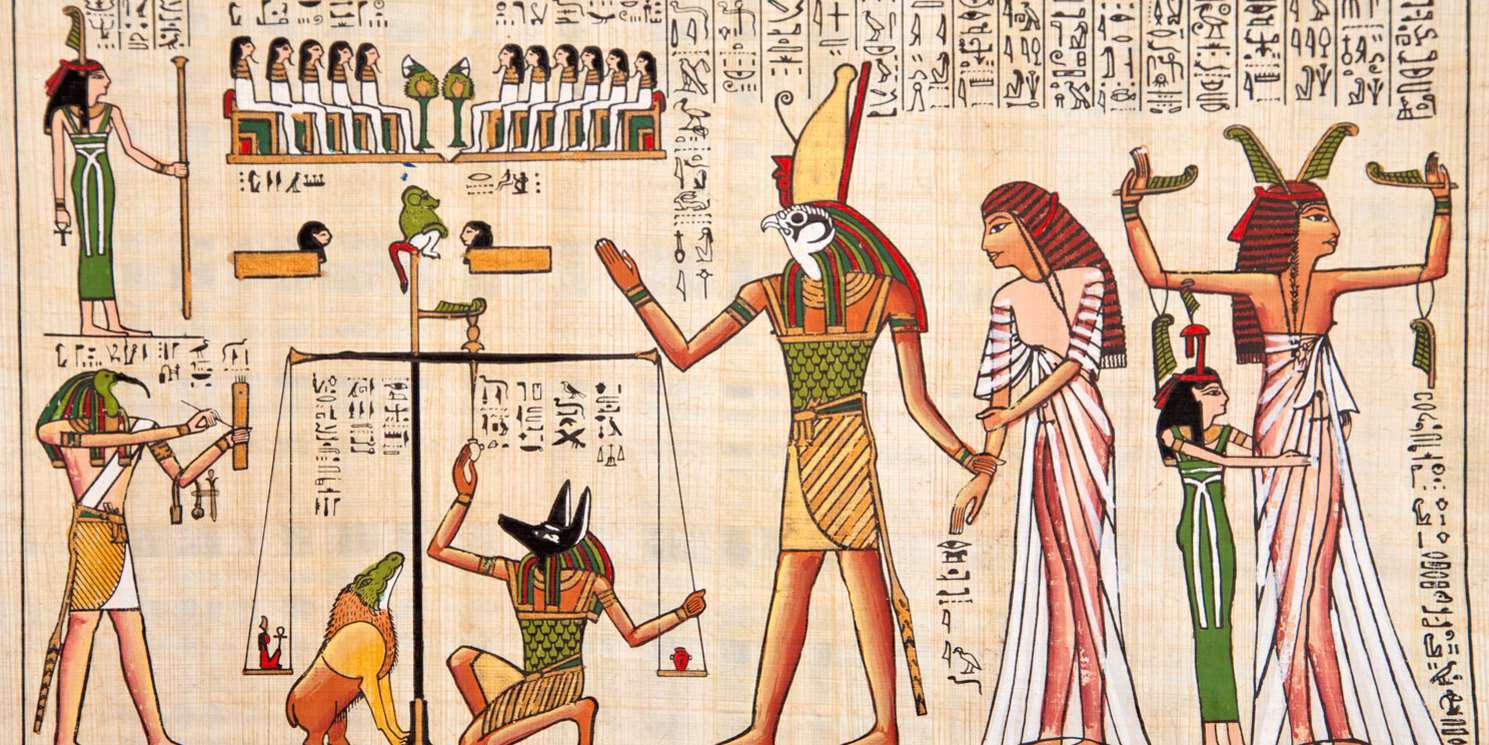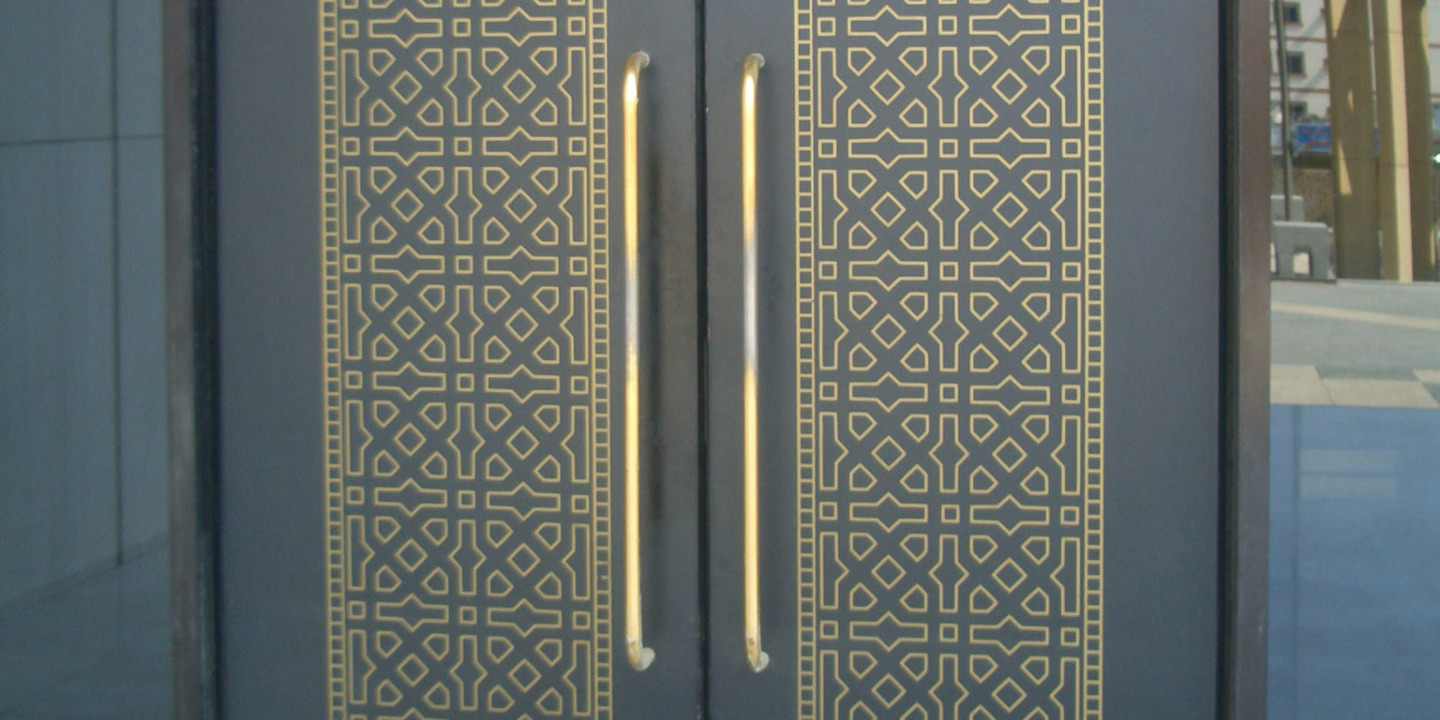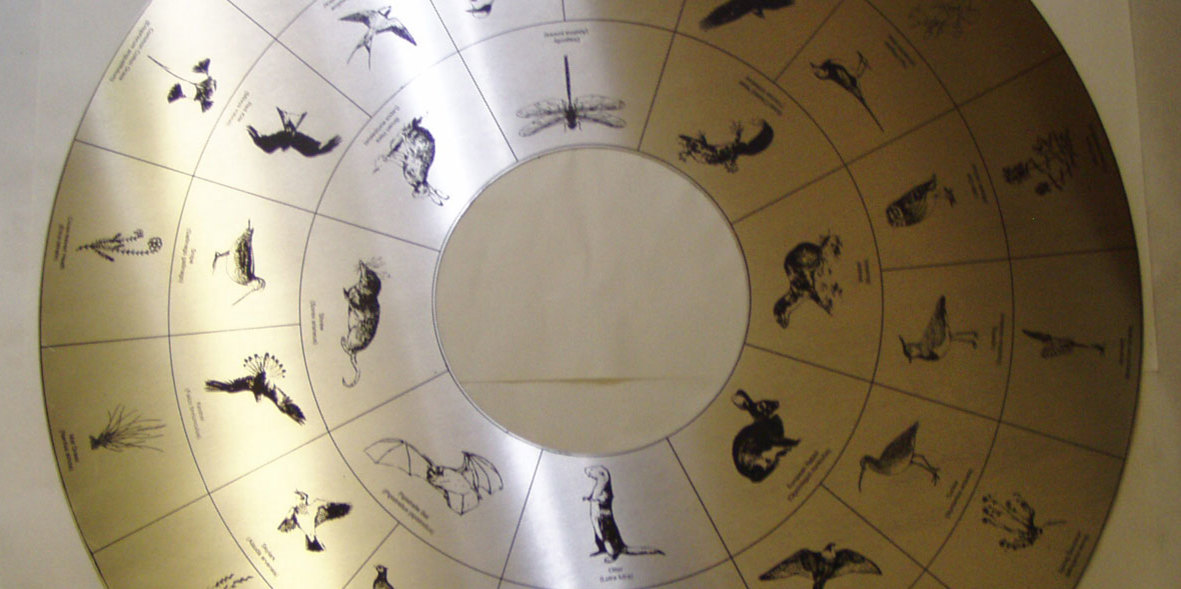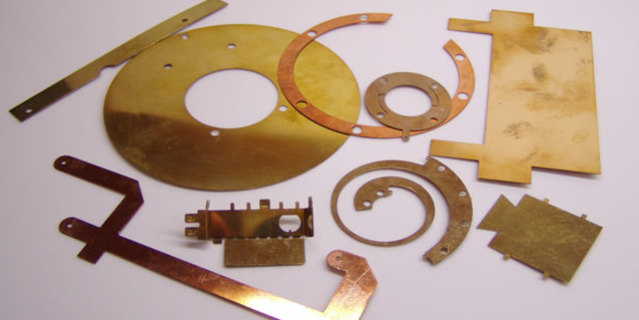Chemical Etching, which is sometimes referred to as engraving, is the process of selectively dissolving away unwanted material with an acidic solution (etchant). The process is successfully used on stone, glass and most importantly for Etch Tech, metal. The process requires areas of the material not to be affected by the etchant to be coated with an etchant resisting mask (resist).

The Beginning - Queen Cleopatra’s Jewellery and Early Evidence of Etching
Etching patterns on the surface of a material can be traced back many centuries; apparently Queen Cleopatra of Egypt had jewellery decorated in this manner over 2000 years ago. In the fifteen century amour was decorated by using linseed oil as a resist with the etchant being a vinegar based solution. Throughout the decades alternative resists were developed including waxes and resins. These alternative resists allowed the etching process to be used for intaglio printmaking. This process allowed the etching into iron or copper plates by covering with a wax ground cut using a sharp point. Glass was not etched until the nineteenth century after the discovery of hydrofluoric acid.

Industrial Revolution - Photo Etching in the 19th Century
During the nineteenth century, photography as we now know it was being developed. As a spin off from this development, stronger and more versatile resists were developed. The new resists were light sensitive, hence the name photoresist. When they were exposed to ultraviolet light it caused the polymers in the material to cross link, if the exposure was controlled and certain areas of the resist masked with a photo tool an accurate image could be printed onto the surface of the material. J N Niepce was credited with the first ever photo etching, having successfully developing the process in 1826. In 1888 John Baynes patented the process of etching the material from two sides.

Photochemical machining - Photo etching in the 20th Century
The early twentieth century saw the design and development of improved photo resist formulas, allowing highly corrosive etchants to be used. This was a major step forward as it allowed accurate batch repeatability. In the 1950's Kodak marketed a resist which was based on a pre-sensitised polymer (vinyl cinnamate) which gave birth to the Photochemical Machining (photo etching) industry. This resist did however have one drawback in that it used Xyaline as its solvent. The next major breakthrough was the introduction of dry film resists, allowing efficient processing without the use of solvents, which was better environmentally and logistically.

Today - Precision parts produced quickly and efficiently at Etch Tech
Etch Tech remain at the forefront of this technology and continue to play a vital role in manufacturing by supplying metal components to a wide variety of industries. From precision parts through to decorative items Etch Tech lead the field in terms of quality, manufacturing lead times and competitive price structure. One of the core strengths of the process is the ability to produce precision parts on very short time scales. Whilst this seems to be an advantage forgotten or ignored by some of the larger etching specialists within Europe it is a fundamental principle at Etch Tech, you will be offered the best possible lead times for your requirements.
Benefits of the PhotoEtching Process :
Apertures on both sides as the etchant works on both sides of the metal
Burr & Stress-free manufacturing method
Custom parts – you design it – we make it!
Cost-effective metal component prototyping
Etch Tech can call on more than 30 years experience in the photo chemical etching of metal components
High Accuracy
Low cost tooling
Industry leading lead times from inception to delivered components
Prototypes – fast turnaround to meet your needs
Scalable through Short Run to High Volume
To find out more about our Photo Etching Process please email, or contact us on 01480 435 548
Get a Fast Track Quote
Tell us about your photo chemical etching requirements today and get a fast track quote. We aim to respond to requests within 4 hours of receipt of your contact, 24 hours guaranteed!






